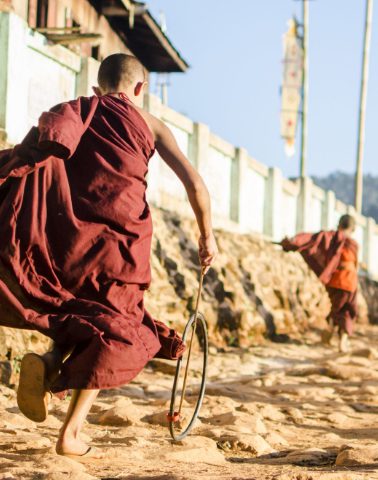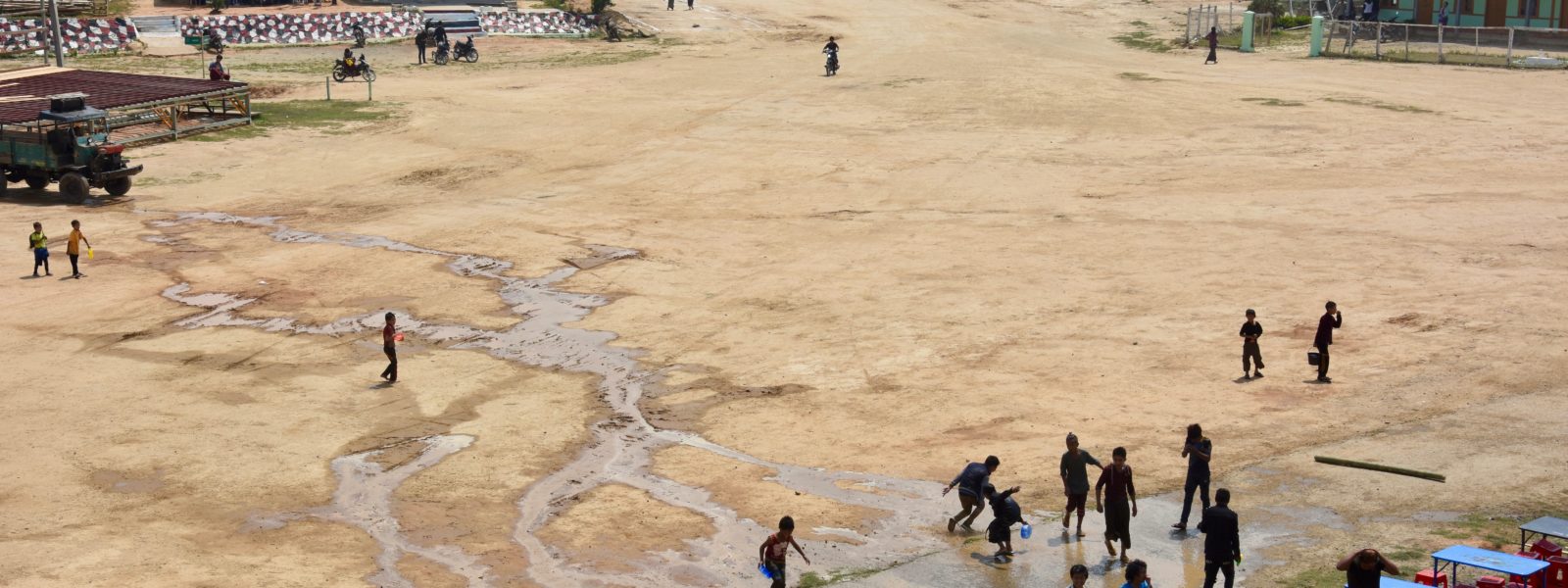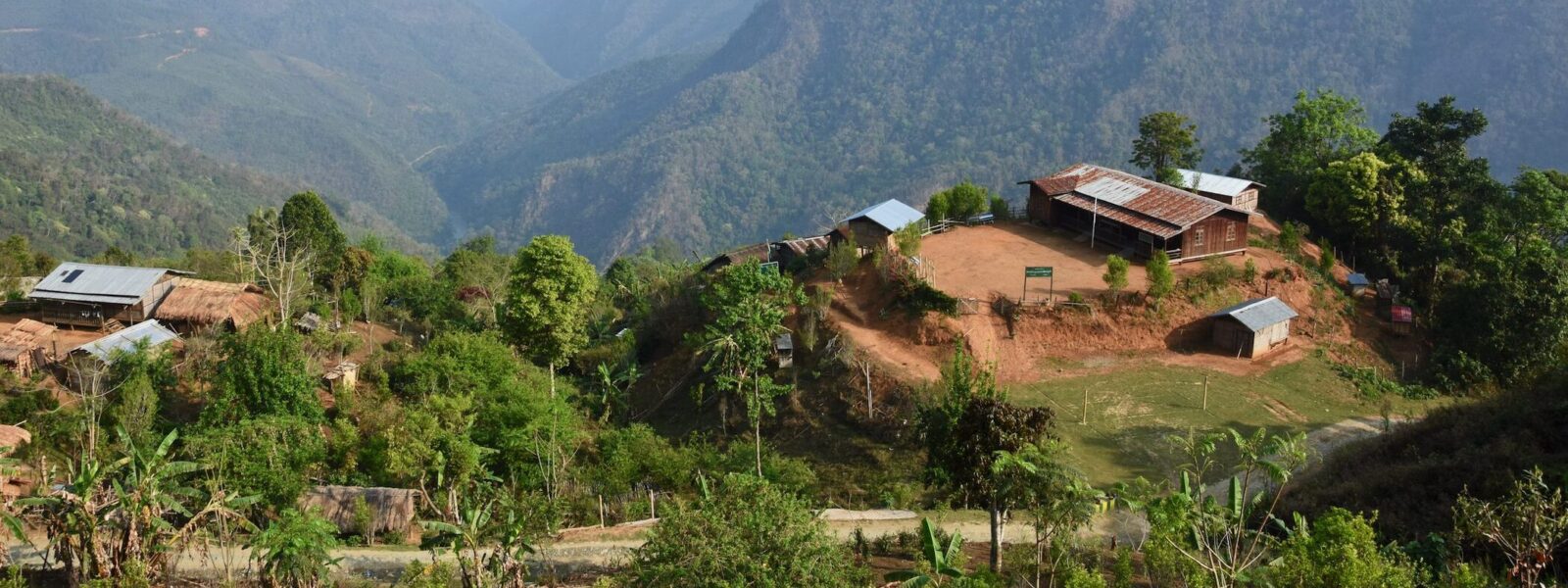
Subscribe to our mailing list
We are still here! Let us send you tips for travelling through Myanmar and stories from the road …
Nagaland has changed since the days that the early British fought with the Naga tribes, battling and razing villages in the 1800s. It is different also, to the land that Charles Pawsey settled in, living amongst the Naga, “driven by a sense of imperial duty but also by a deep, empathetic humanity.” Indeed, it is different too, to what it was during the Second World War, when the wives of British officers knitted mufflers for Naga warriors, favouring them as braver than the Indians from the plains.
Nagaland is changing fast. You will see plastic. You will see polyester. You will also see communities leaping forward into the future.

Fly up to Hkamti on the banks of the Chindwin River. Explore the town and venture to a nearby Naga village and an incongruous Chinese temple.
Travel down the Chindwin and then take a short trek to reach a village of the Kachin. By 4X4 you will then be taken to meet the people of Tharyar Kone village.
Travel by 4×4 over the Chindwin River into the heart of the Naga Self-Administrative Zone. Spot the solar-panels used to power villages and the ancient Naga Drums.
Ben Frederick
Begin your trekking tour. Pass through remote villages. Eat with the Naga, and spend the night in a village house.
Walk along the mountain ranges. Enjoy sunset from a view point before returning to the village for evening.
Drive back to Lahe. Stop off at villages on the way.
Morning at leisure, before flying back to Yangon.

Travel up to Southern Chin State and scale Mount Victoria: tattoos, thick coffee, and nose-flutes.
Trains, motorbikes and viaducts, waterfalls, plunge-pools, and frontier trekking ..
To Kachin and Myanmar’s largest lake. Kayaking, gibbons, a grim mythology of dragons.
Up into the hills and down into the mines: gems, coffee, and macadamia nuts.